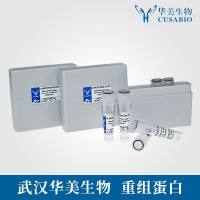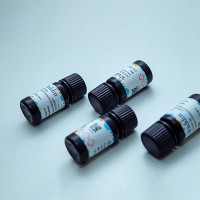An important use for aqueous two-phase systems is in protein purification processes for the removal of cell disintegrate and nucleic acids in combination with partial protein purification. When a phase system is to be applied in the primary purification of an intracellular protein, the operating phase composition has to be determined with the cell disintegrate present. This is owing to the fact that the phase diagram and the position of the binodal is affected significantly by the presence of components of the cell disintegrate in the aqueous two-phase system. The experiments described here address such cell disintegrate effects on the phase diagram when extracting β-galactosidase (1 ) and βgalactosidase fusion proteins (2 ) produced intracellularly by the bacterium Escherichia coli (E. coli ). The phase systems used are based on poly(ethylene glycol) (PEG) 4000 and potassium phosphate. In order to determine an operating window in the phase diagram, experiments in test tubes are performed to evaluate the effects of cell disintegrate load on the position of binodal of the phase diagram and the effects this will have on partitioning of the target protein and the cell disintegrate. The operating window could be defined as the area in the phase diagram that represents compositions at which cell disintegrate and nucleic acids partition strongly to the lower phase, (here, the potassium phosphate-rich phase), and the target protein is recovered with a desired yield in the upper phase, (here, the PEG-rich phase). The top-phase yield (Yt ) of a protein is a function of both its partition coefficient (K ) and the top to bottom phase volume ratio (R ) according to Yt(%)/[100- Yt(%)]=K � R






